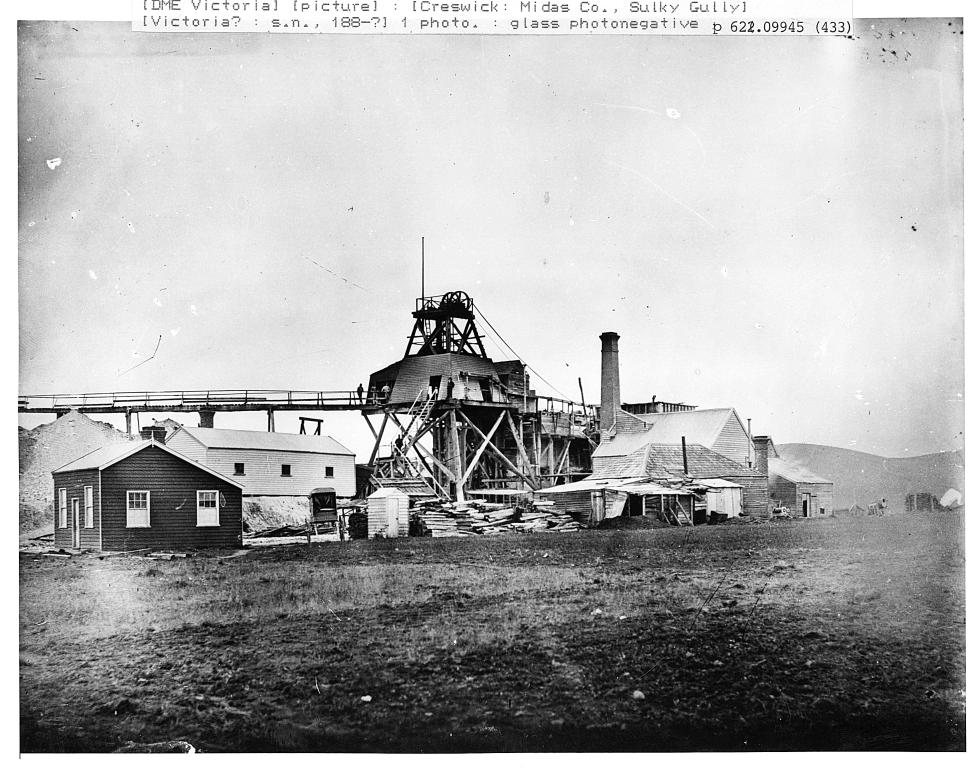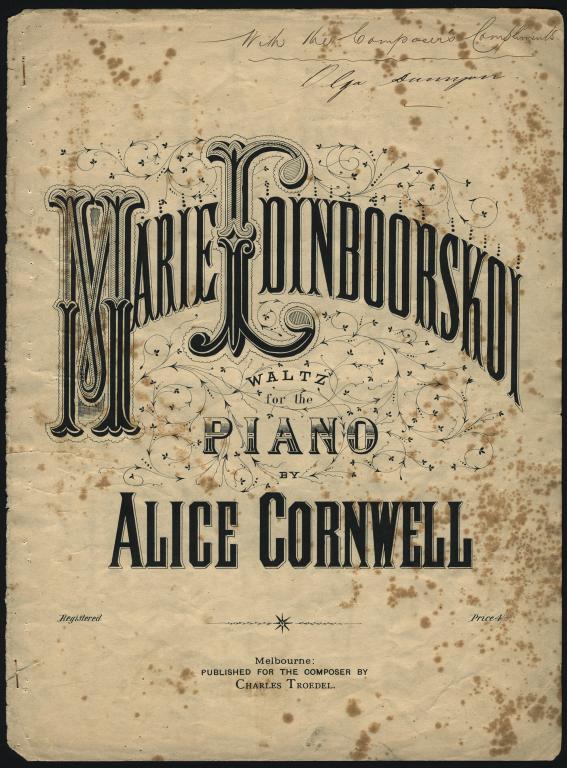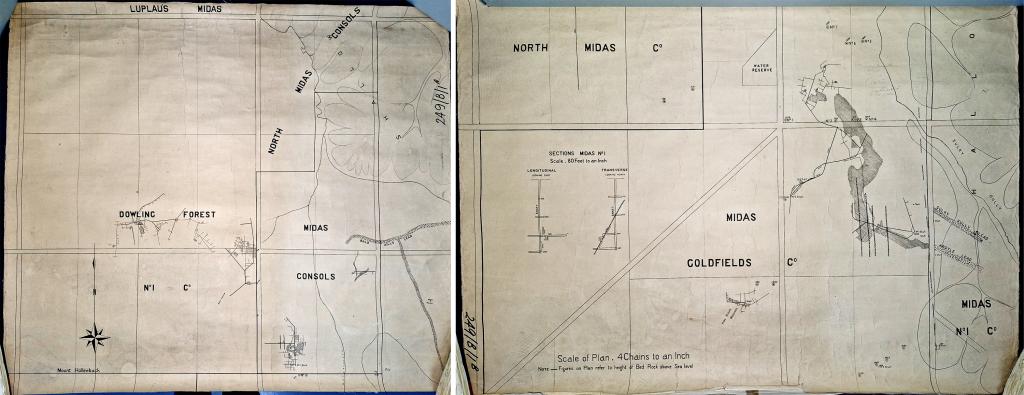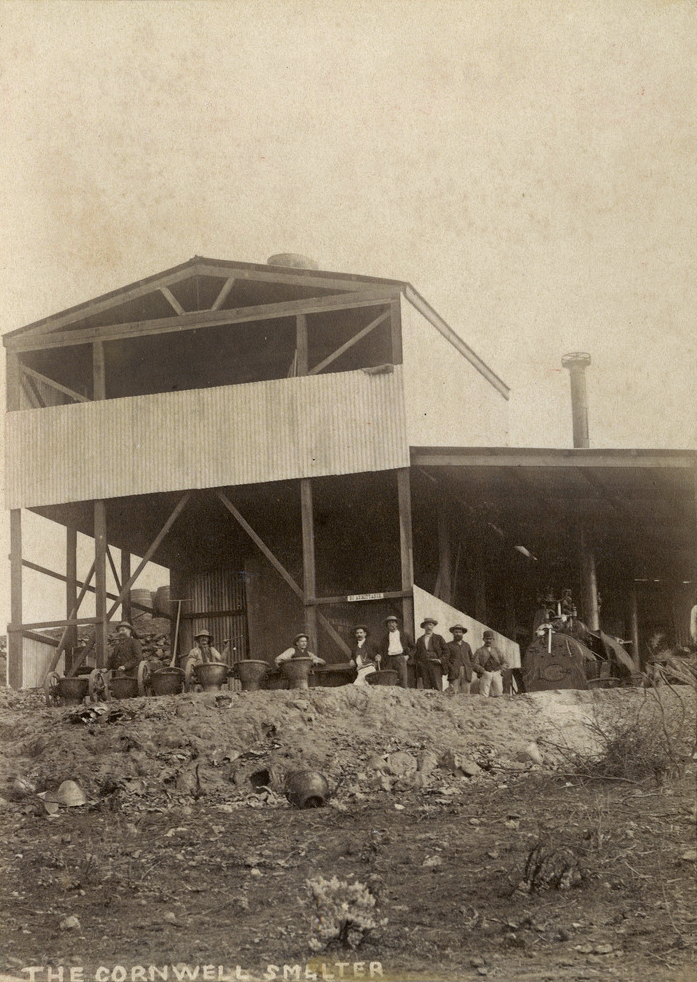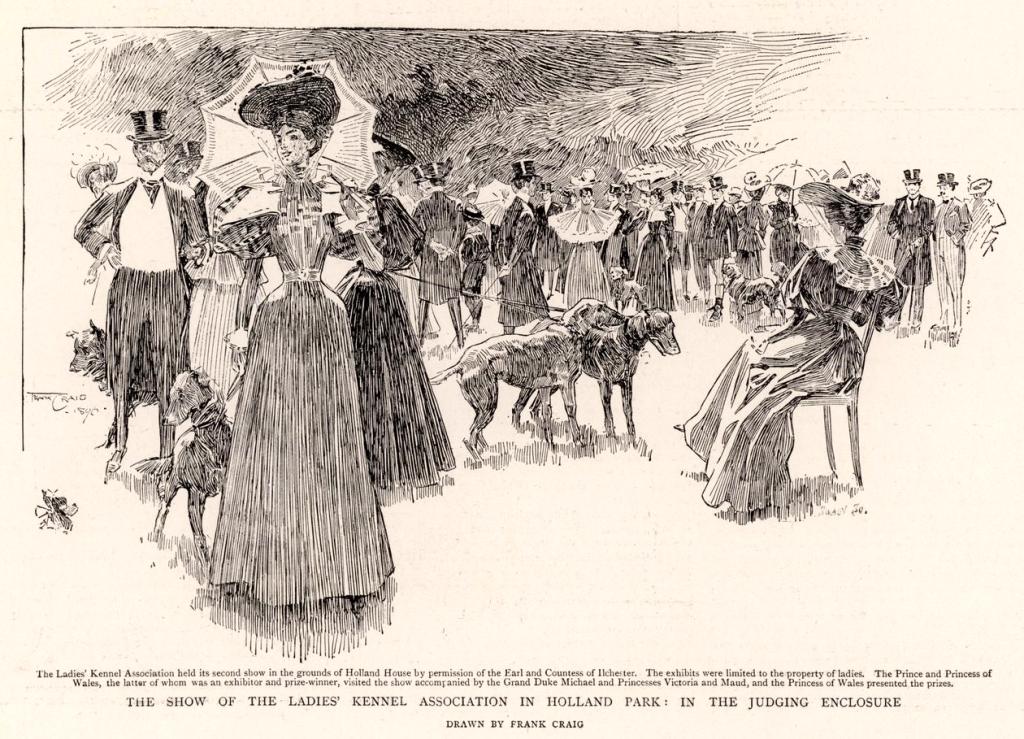
Author: Marlene Cantwell
Access Services Officer, Ballarat Archives Centre
Alice Cornwell, famously known as Princess Midas (1852-1932), stood as a formidable figure in the male-dominated sphere of business and industry during the late 19th century. Her notable mining ventures in Ballarat, including the Midas Mining Company, The Speedwell and Victorian Uniting mines, marked her as a pioneering force. For Ballarat Heritage Festival 2024, Marlene Cantwell delves into Princess Midas' story.
Championing mining investment in Victoria during a time when scepticism clouded the industry's prospects, Cornwell's tenacity and vision shone through. Despite encountering hurdles, she triumphed, successfully floating the Midas Mining Company on the English Stock Exchange in February 1888. The company was floated in 180,000 shares at £1 each, Miss Cornwell, the chief proprietor received £92,000 in cash and 60,000 paid up shares. This achievement was particularly remarkable considering that, at the time, women were barred from entering the stock exchange floor.1
This accomplishment not only brought her substantial wealth, but also catapulted her into the realms of celebrity, earning her recognition both in Australia and England. So notable was her influence that she inspired literary works, such as Fergus Hume’s novel ‘Madam Midas’ published in 1888. In addition, Alice was an accomplished composer as shown by the following music published circa 1877.2
Born to George and Jemima Cornwell in Essex in 1852, Cornwell’s upbringing was marked by her family’s emigration from London to Melbourne in 1853 when Alice was just one year old. At the age of nine, Alice and her family migrated to Dunedin, New Zealand where she remained before returning to Melbourne as a seventeen year old in 1869. Her father’s career as a railway engineer and building contractor laid the foundation for her own entrepreneurial spirit. In 1875, Alice married John Whiteman, and in 1877, she welcomed their son, George, into the world.3
Despite facing personal hardships, such as her unsuccessful marriage to John Whiteman in 1875 (who was a blacksmith, poet, and Victorian parliamentarian) and the subsequent separation from her son George (with whom she later reunited in England), Cornwell remained undeterred in her pursuit of success. Cornwell went on to have a relationship with wartime journalist Phil Stennard-Robinson, a married man, who she appointed editor of the Sunday Times. Later, she gave birth to a daughter named Myrtle Robinson, who tragically died during childbirth in 1929.4
The discovery of two monumental nuggets, the “Lady Loch” and the “Lady Brassey,” marked a significant turning point in Alice’s career, propelling her into the realm of big business and providing her with the financial resources to diversify her ventures. These nuggets were found at the Midas Gold mine located at Dowling Forest, near Ballarat, which was leased by her father from William Clarke. The success of this discovery was largely attributed to Alice's meticulous and methodical approach to site selection, a decision made against the advice of her seasoned workers. Alice herself expressed a deep passion for working underground in the mines. The unearthing of the Lady Loch, named after the Governor of Victoria’s wife, was not only a personal triumph for Alice but also a moment of great anticipation and optimism for the entire mining community of Ballarat, as reported in the Ballarat Star. 5
Cornwell's legacy extends far beyond her mining endeavours. Her diverse business ventures, ranging from the Victorian Schanschieff Electric Light Company,6 Outer Harbour Scheme7 for Port Adelaide, the formation of the Wyong Coal Company8 and the Cornwell smelter9 at Broken Hill underscore her multifaceted interests and relentless drive. She also formed the British Australasian Mining Investment Company for the purpose of floating or developing mines throughout Australasia. Despite setbacks, such as the eventual abandonment of the Outer Harbour Scheme and the failure of the Victorian Schanschieff Electric Light company, Cornwell's resilience remained unyielding.
Her success can be attributed not only to her business acumen but also to her engaging demeanour and meticulous approach to projects. Testimonials from her Speedwell mine employees, as well as her pioneering role as the first female proprietor of the Sunday Times, attest to her esteemed reputation and influence. Excerpts from the following letter reflect the admiration felt by her Speedwell mine employees.
Dear Madam-This being the eve of your departure for England, we cannot allow you to leave us without expressing our good wishes to you. Not because by your pluck and enterprise we obtain a living, for which we are very thankful, but because we feel from our very hearts that you are a lady in the true sense of the word, and one whom any miner should be proud to work under. We love the Speedwell and we thank you for placing such a plant on it, also for sinking the shaft and developing the vast resources of your mine…………… We hope that your voyage will be pleasant, and that your trip maybe the means of reviving in Ballarat, the Golden City. We cannot end better than by saying “Speedwell Speedwell” We are your humble servant.
T. Tregurtha
On behalf of all the men employed on the mine.10
By 1894, Alice was residing in Essex alongside her partner Phil Stennard-Robinson and their daughter Myrtle. It was during this time that Alice launched her magazine, the Ladies’ Kennel Journal (first published in the same year). Shortly afterwards, the Ladies Kennel Association (LKA) was formed with Alice as the Honorary Secretary.11 She was keenly interested in breeding and exhibiting dogs (particularly black pugs) and had large kennels at her Essex home. The LKA was initially very successful but later plagued with financial problems. By 1902, they were entrenched in significant debt, which lead to their dissolution by the committee. In view of the scandal surrounding her financial oversight of the association, Alice opted to resign from her role as Honourable Secretary. The Association was later reformed, without Alice as a member.12
Yet, despite her achievements, Cornwell faced financial losses and personal tragedies, including the loss of her daughter Myrtle (1929) and partner Phil also known as Frederick Stennard-Robinson in 1902. She was unable to claim on her partner’s assets as he was still legally married to his first wife, Sarah who had two children. Alice had been very successful during the 1880’s and 1890’s; however, her success declined in the early 1900’s.
Ultimately, she found herself in humble circumstances, passing away in 1932 in a modest Hove apartment. Nevertheless, her enduring legacy as a trailblazing businesswoman and a source of pride for Ballarat remains indelible.
References:
1. “Miss Cornwell’s visit to London” (1888, April 17). Mount Alexander Mail. Retrieved from:
2. “New Publications” (1888, September 29). The Sydney Mail and New South Wales Advertiser (page 659). Retrieved from: https://trove.nla.gov.au/newspaper/article/161889098
3. George later changed his name to Sydney Carroll.
4. “The Romantic Career of Alice Cornwell” (1889, July 12). The Albury Banner and Wodonga Express (page 35). Retrieved from: https://trove.nla.gov.au/newspaper/article/254387380
5. “A monster nugget found: 617 oz of pure gold: Great excitement” (1887, August 24). The Ballarat Star (page 2). Retrieved from: https://trove.nla.gov.au/newspaper/article/207773504
6. “Victorian Schanschieff Electric Light Company” (1890, February 4). The Argus (page 4). Retrieved from: https://trove.nla.gov.au/newspaper/article/8587213
7. “The Outer Harbour Scheme” (1889, May 16). Evening Journal (page 2). Retrieved from: https://trove.nla.gov.au/newspaper/article/199866155
8. “The Wyong Company” (1889, June20). The Telegraph (page 3). Retrieved from: https://trove.nla.gov.au/newspaper/article/174771060
9. “The Cornwell Smelter” (1889, May 23). Barrier Miner (page 2). Retrieved from: https://trove.nla.gov.au/newspaper/article/44043368
10. “Interview” (1889, October 19). Women’s Penny Paper (page 1). Retrieved from: Nineteenth Century UK Periodicals, link.gale.com/apps/doc/ DX1900371359/GDCS?u=slv&sid=bookmark-GDCS. Accessed 30 Apr. 2024.
11. “The Kennel” (1896, February 1). The Sydney Mail and New South Wales Advertiser (page 250). Retrieved from: https://trove.nla.gov.au/newspaper/article/162824997
12. "The Ladies' Kennel Association Dispute" (1906, March 3). Aberdeen Journal (page 6). Retrieved from: British Library Newspapers, link-gale-com.ezproxy.slv.vic.gov.au/apps/doc/JE3229660907/GDCS?u=slv&sid=bookmark-GDCS&xid=e595b0cb. Accessed 6 May 2024.
Material in the Public Record Office Victoria archival collection contains words and descriptions that reflect attitudes and government policies at different times which may be insensitive and upsetting
Aboriginal and Torres Strait Islander Peoples should be aware the collection and website may contain images, voices and names of deceased persons.
PROV provides advice to researchers wishing to access, publish or re-use records about Aboriginal Peoples
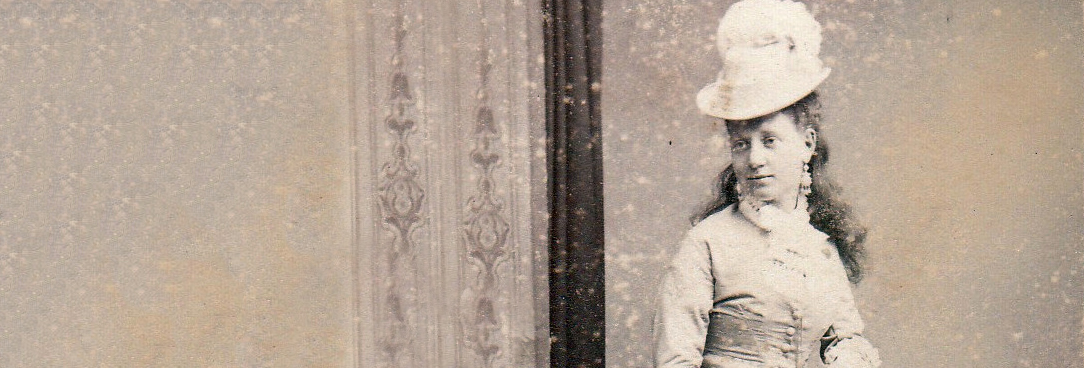
![Barraud, H., published 1889. Alice Ann Cornwell. [carbon print]. National Portrait Gallery (UK), NPG Ax5458 Black and white photograph of a woman posing in a studio in 1889](/sites/default/files/styles/1024x768/public/files/media/alice-ann-cornwell-later-mrs-stannard-robinson.jpg?itok=YpH9u3Fe)
